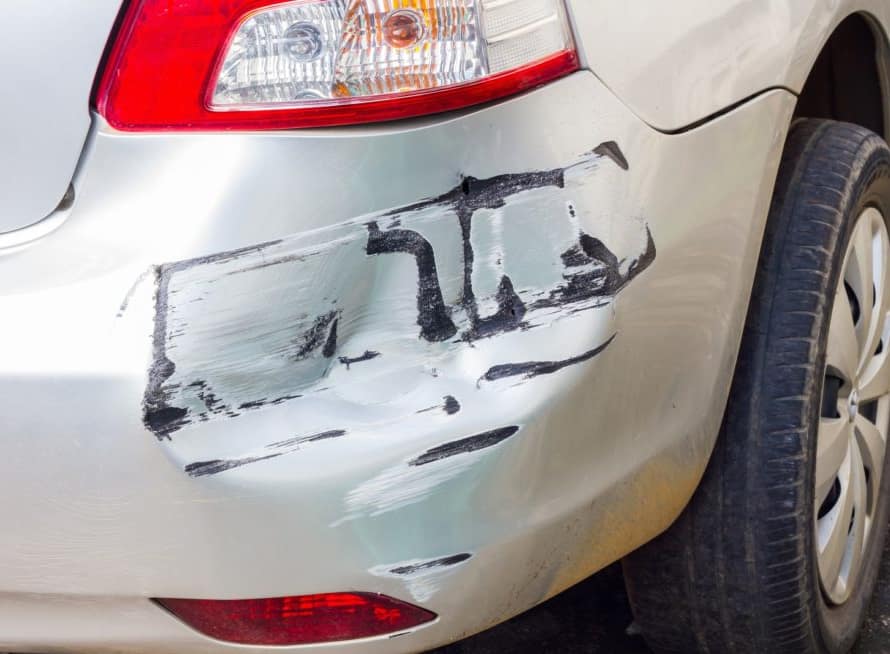Understanding Automotive Transmission Types
When it comes to your vehicle’s performance, one key component plays a vital role in how your car moves — the transmission. Knowing the different types of transmissions can help you understand your car better and make informed decisions when it’s time for repairs or upgrades. At Autolab Garage, we specialize in maintaining and repairing various transmission systems, ensuring your vehicle runs smoothly.
1. Manual Transmission (MT)
Manual transmission, also known as a stick shift, is the most traditional type of transmission. It requires the driver to manually change gears by pressing a clutch pedal and shifting a gear lever. Though becoming less common in modern vehicles, manual transmissions offer better control and can be more fuel-efficient when used properly. Pros:- Greater control over the vehicle
- Typically more fuel-efficient
- Lower repair costs
- Requires skill and coordination
- Not ideal for stop-and-go traffic
2. Automatic Transmission (AT)
Automatic transmissions are the most common type found in vehicles today. They automatically shift gears as the vehicle moves, without the need for driver intervention. This type is favored for its convenience and ease of use, making it ideal for city driving and long road trips. Pros:- Easier to drive, especially in traffic
- Less wear and tear on the driver
- More widely available in modern cars
- Typically less fuel-efficient than manuals
- More expensive to repair
3. Continuously Variable Transmission (CVT)
A CVT is a type of automatic transmission that provides a smoother driving experience by offering an infinite number of gear ratios. Instead of using fixed gears, it uses belts and pulleys to adjust power continuously. CVTs are common in smaller cars and hybrids, known for improving fuel efficiency. Pros:- Smoother acceleration
- Improved fuel efficiency
- Fewer moving parts, reducing maintenance costs
- Can feel less engaging to drive
- Expensive to repair
4. Dual-Clutch Transmission (DCT)
A dual-clutch transmission is a type of automated manual transmission that uses two separate clutches for odd and even gear sets. This design allows for quicker gear shifts and a sportier driving experience, making it popular in performance vehicles. Pros:- Faster, smoother shifting
- Combines the benefits of manual and automatic
- Fuel-efficient
- Higher maintenance and repair costs
- Can be jerky at low speeds
5. Tiptronic Transmission
Tiptronic transmissions offer the convenience of an automatic transmission but allow for manual control when desired. You can switch between automatic mode or manually change gears using a lever or paddle shifters, providing a balance of ease and control. Pros:- Versatility: automatic convenience with manual control
- Good for drivers who want occasional control
- Higher repair costs
- Limited to certain vehicle models




